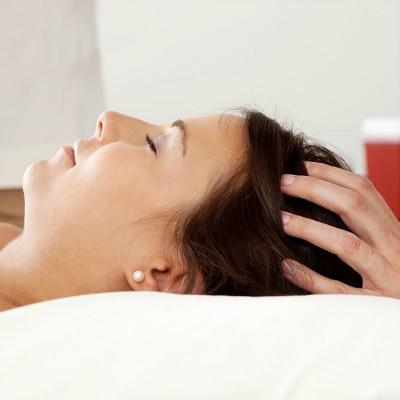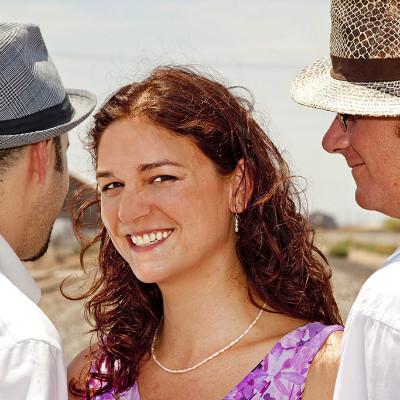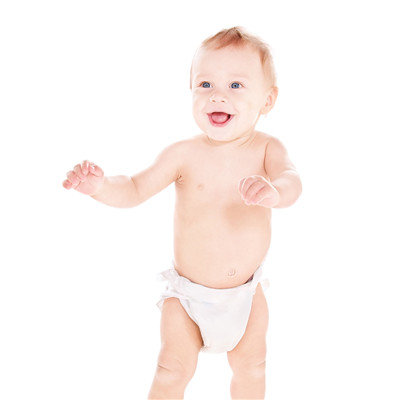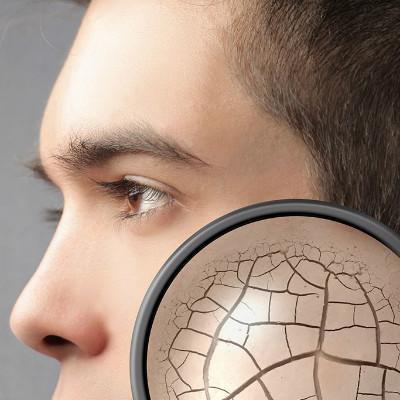Are these symptoms branchial cleft cysts?
summary
Branchial cleft cyst belongs to branchial cleft deformity, which is a congenital disease. It is formed by the tissue of each pair of branchial cleft which is not completely degenerated. In 1932, Ascherson named it branchial cyst, which is widely accepted and used today. Are these symptoms branchial cleft cysts? Next, I'd like to share my views with you.
Are these symptoms branchial cleft cysts?
The first is that this disease is a congenital disease. The significant symptoms can occur at any age. It is generally considered that the incidence rate of male and female is the same, and the left and right sides are not different. It was reported from birth to 85 years old, especially around 30 years old. Branchial cleft cysts can occur at any age, fistulas are often found in infancy, and cysts are easy to occur in children or adolescents.
Second, branchial cleft fistulas are usually found early with typical symptoms. Most of them are small fistulas in the anterior edge of sternocleidomastoid muscle on the neck side. There may be a little white secretion when they are squeezed, and they may also touch the cords to go deep. Branchial cleft cysts grow slowly. The main clinical manifestations were painless masses in the neck or parotid gland, which gradually increased or increased. The epithelium of branchial cleft cyst may be cancerous.
Third: branchial cleft cyst is easy to be repeatedly infected, and it is easy to relapse if the diagnosis and treatment is improper. Secondary or multiple operations cause scar adhesion, which increases the difficulty of operation and makes it more difficult to cure. It brings pain to patients and may also lead to anxiety and other psychological discomfort.
matters needing attention
1. If fistula and cyst are found, please operate in time to avoid recurrence and infection. 2. Avoid oral hygiene and develop good oral hygiene habits of brushing teeth in the morning and evening and gargling after meals; 3. Avoid cold, fatigue, moderate exercise, improve body immunity, so as to avoid secondary infection.















